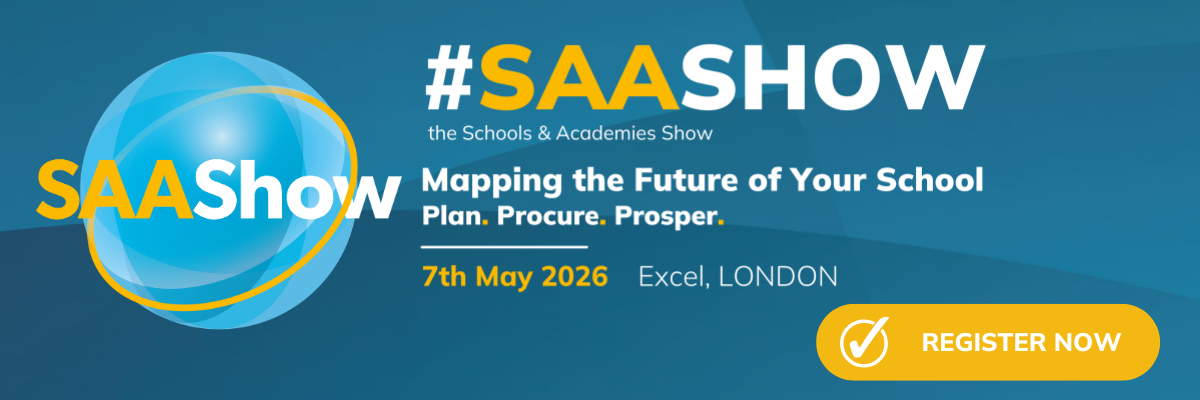What is the the SEND Code of Practice?
Here we outline everything you need to know about the SEND Code of Practice, including what it means for you, your school, and the children and young people with SEND in your care.
What is the SEND Code of Practice?
The Special Educational Needs and Disability (SEND) Code of Practice has been created to provide guidance to those organisations working with, and providing support to, children and young people (from 0 to 25 years) with special educational needs and disabilities.
It outlines the legal requirements and statutory guidelines for schools, academies and local authorities, as set out in the Children and Families Act 2014, the Equality Act 2010, and the Special Educational Needs and Disability Regulations 2014. However, the SEND Review - expected to be published in Summer 2021 - will likely provide updates aimed at further improving available service.
The latest iteration of the code was published in January 2015, consisting of 292 pages. In this blog, we summarise the key elements for mainstream schools.
Defining Special Educational Needs
Within the code (pages 15 and 16), SEN is defined as the following:
A child or young person has SEN if they have a learning difficulty or disability which calls for special educational provision to be made for him or her.
A child of compulsory school age or a young person has a learning difficulty or disability if he or she:
- has a significantly greater difficulty in learning than the majority of others of the same age, or
- has a disability which prevents or hinders him or her from making use of facilities of a kind generally provided for others of the same age in mainstream schools or mainstream post-16 institutions
The code later highlights four broad areas to provide an overview of the range of needs that schools should be planning for:
Communication and interaction: This incorporates those students with speech, language and communication needs (SLCN) who have difficulty understanding and communicating with others. This may include children and young people with ASD, including Asperger Syndrome and Autism.
Cognition and learning: This focuses on those children and young people who learn at a slower pace than their peers, as well as those with Specific Learning Difficulties (SpLD), including dyslexia, dyscalculia and dyspraxia.
Social, emotional and mental health difficulties: Those children who may have become withdrawn or isolated, as well as those displaying challenging, disruptive or disturbing behaviour. The code states these behaviours may reflect underlying mental health difficulties such as anxiety or depression, self-harming, substance misuse, eating disorders or physical symptoms that are medically unexplained.
Sensory and/or physical needs: This encompasses children with a disability that prevents or hinders them from making use of the educational facilities generally provided – including those with visual or hearing impairments, multi-sensory impairments, and/or physical disabilities.
Summarising what the SEND Code of Practice means for schools
The code states that all children and young people are entitled to an appropriate education, and “every school is required to identify and address the SEN of the pupils that they support”. To achieve this, schools are obligated to:
- ensure that children and young people with SEN engage in the activities of the school alongside pupils who do not have SEN
- designate a teacher to be responsible for co-ordinating SEN provision – the SEN co-ordinator, or SENCO
- inform parents when they are making special educational provision for a child
- prepare an SEN information report and their arrangements for the admission of disabled children, the steps being taken to prevent disabled children from being treated less favourably than others, the facilities provided to enable access to the school for disabled children, and their accessibility plan that illustrates how they plan to improve access progressively over time
- SEN children should also be identified on a SEN Register with provision mapping in place
- training must be delivered to help staff identify and support children with SEND to ensure early identification
What is an Educational Health Care (ECH) Plan?
The most recent iteration of the SEND Code of Practice has seen the introduction of Education Health Care (EHC) Plans, which have replaced the ‘statements of SEN’.
Local authorities are required to provide an EHC Plan for any SEN child or young person who will be left at a disadvantage without additional support. The plan will map out any special educational provision to meet the needs of the pupil or student in question, securing the best possible outcomes for them. Each plan sets out both short and long-term outcomes that the local authorities and educational providers will work towards.
You can request an EHC Plan assessment from a local authority if you are: the child’s parent; a person between 16-25; or a person acting on behalf of the education provider or school.
How can schools ensure they’re meeting the SEND Code of Practice?
For school leadership teams, it is imperative to take the time to fully understand the implications of the current SEND Code of Practice, and to create a clear and concise framework for how you plan to fulfil each of the requirements. Due to the extensive information included in the code, as well as the corresponding obligations, it is vital that all staff (including SENCOs) should be provided with regular training and refresher programmes, as well as the opportunity to discuss best practice and latest developments with their peers.
The SEND Conference joins forces with the Schools & Academies Show!
We are thrilled to announce the SEND Conference is now co-located with the Schools & Academies Show, the UK’s leading education policy event for schools, academies and MATs.
The show will return to London in 2024! Don't miss out on the chance to enhance your knowledge and network with like-minded professionals! Register your interest to stay informed about the latest show announcements and be the first to know when registration is live!




